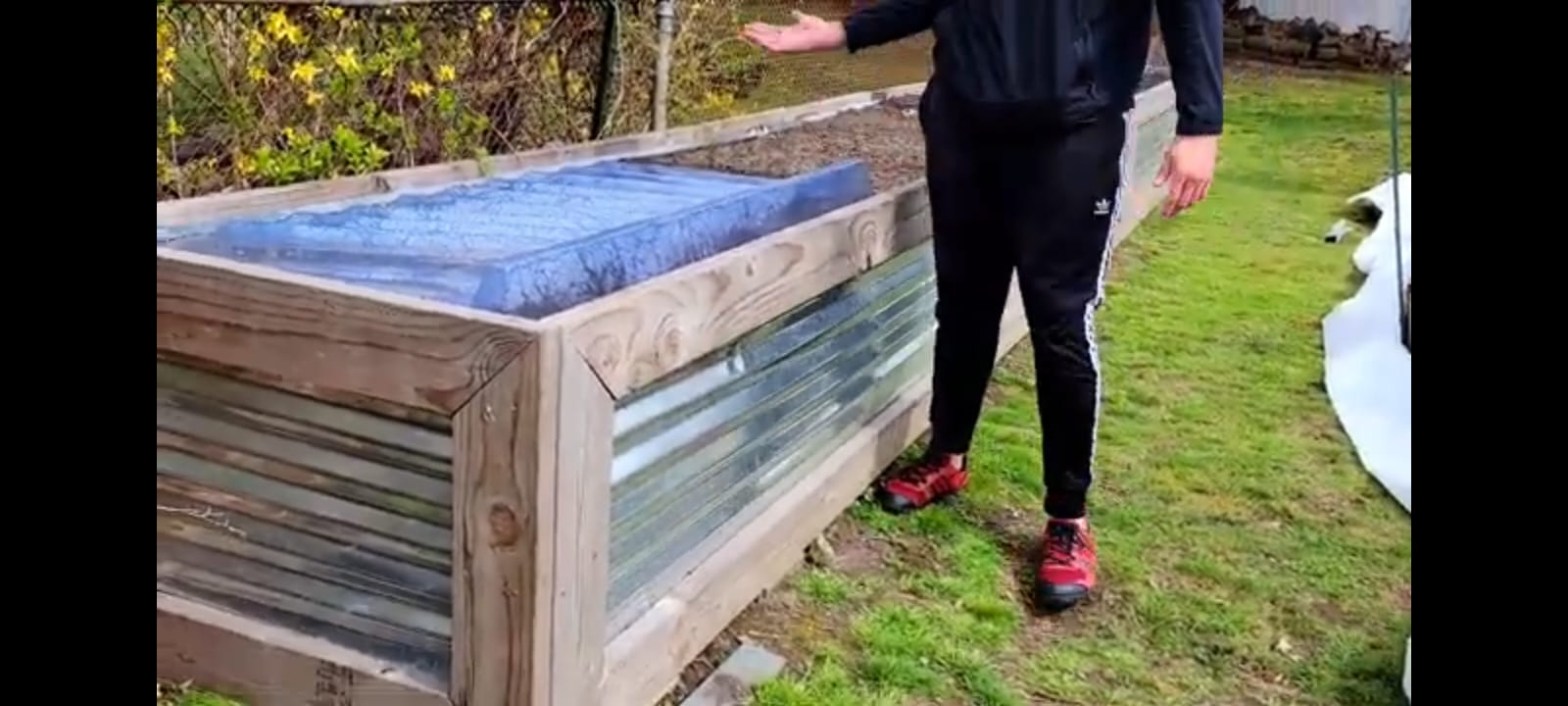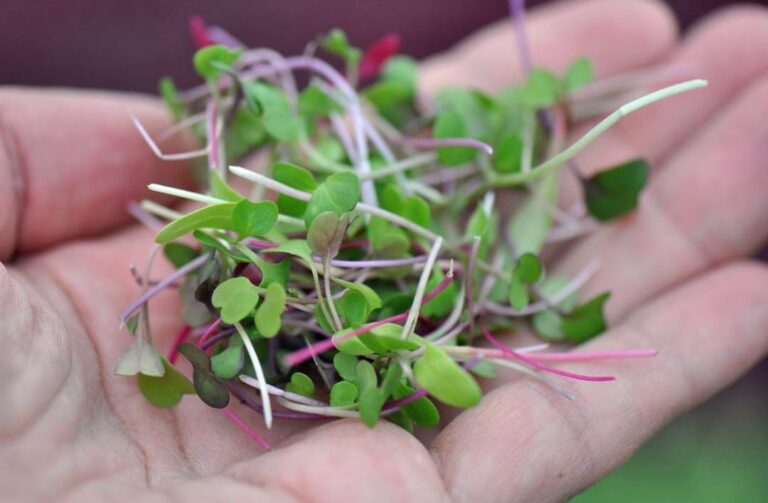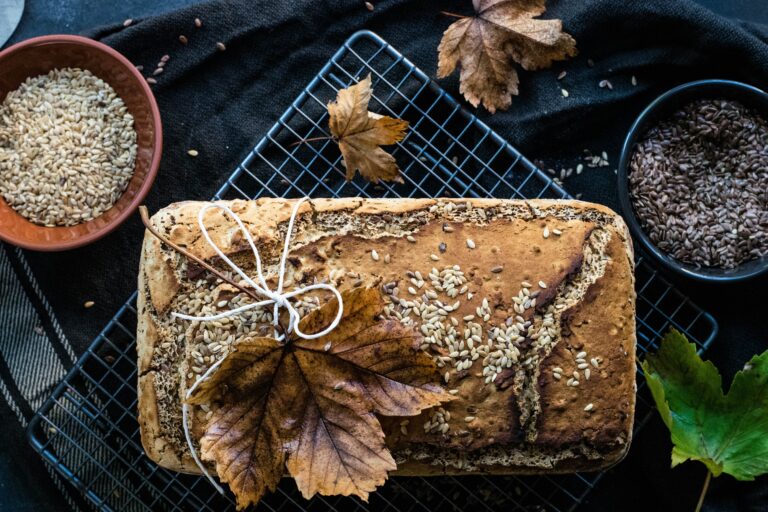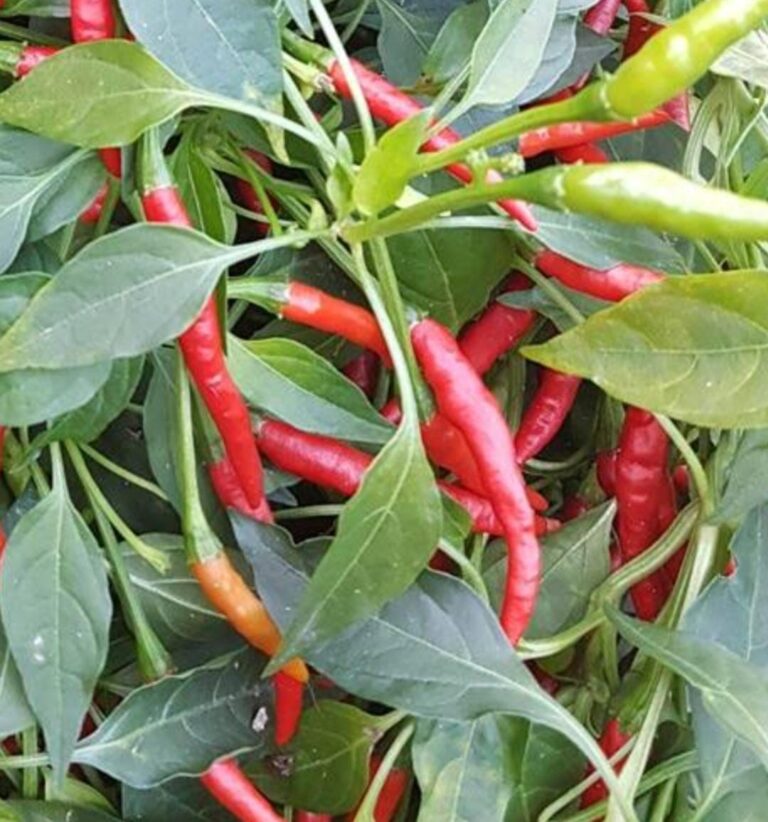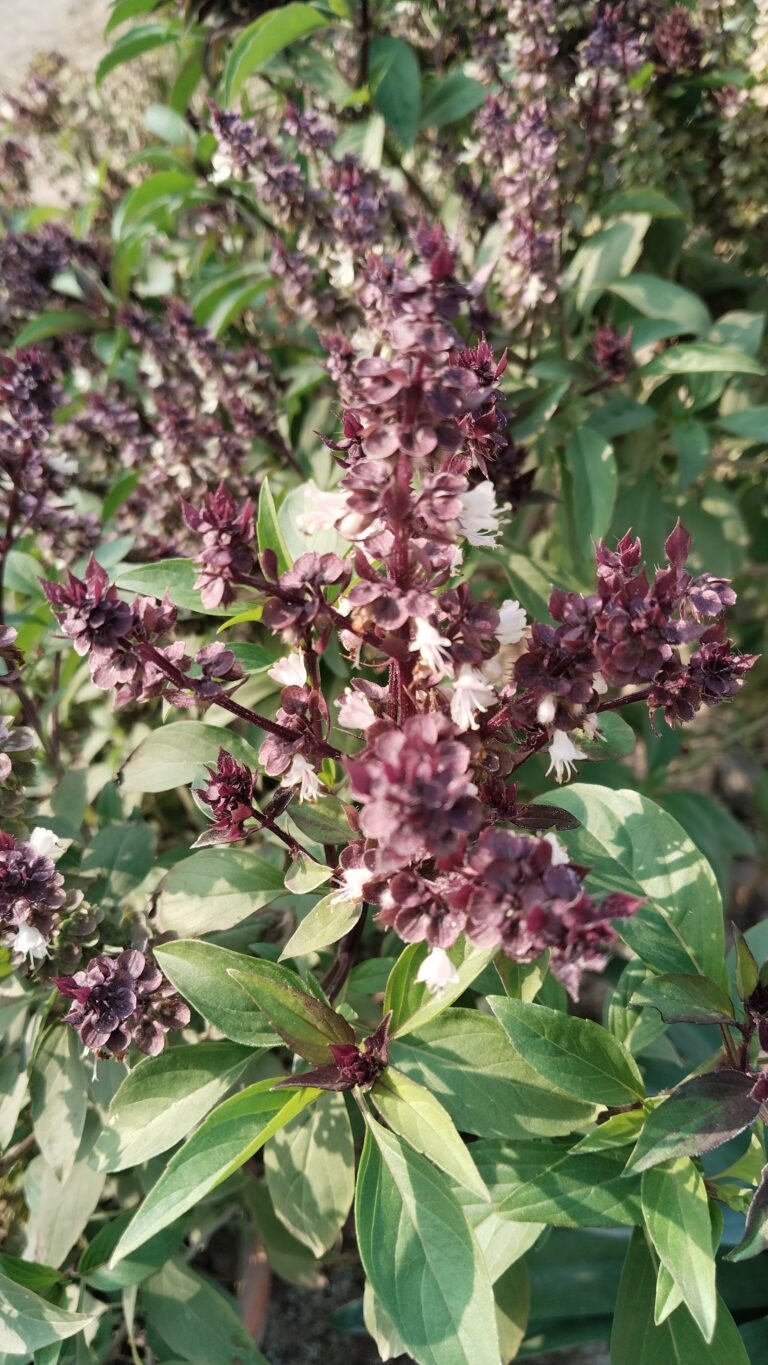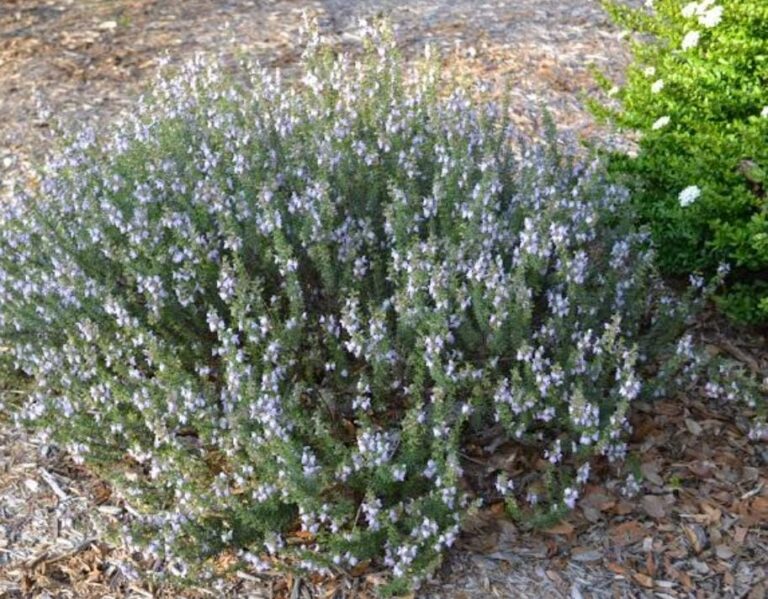Early Spring Gardening
Welcome to the magical world of early spring gardening, when nature awakens from its slumber in a symphony of color and energy. Gardeners are confronted with a blank canvas when the frost gives way to the soothing caress of a warmer wind. This transitional season, which bridges the gap between winter’s calm repose and summer’s bright exuberance, provides a rare chance to sow the seeds of regeneration. Snowdrops, crocuses, and daffodils emerge timidly, painting the landscape with their pastel colours, while deciduous trees begin to dress themselves in soft green leaf.
Early spring is a time for patient exploration and careful preparation, whether you’re an expert gardener or starting your first green enterprise. Join us as we dig into the mysteries of fostering new life, navigating unexpected weather patterns, and laying the groundwork for a flourishing garden that will please the senses all year.
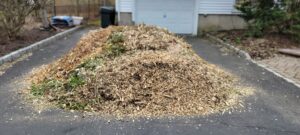
Soil Preparation
The process of preparing the soil for planting or gardening is the first step to starting a garden. To prepare the soil, several techniques and practices can be used and some common ones are stated below:
- Tilling is the process of breaking up and loosening the soil with a tiller or plow. This method allows air, water, and nutrients to penetrate the soil more easily
- Composting is a process of adding compost to the soil and can improve soil structure while also providing nutrients to plants. Organic materials such as leaves, grass clippings, and kitchen scraps can be used to make compost
- Mulching entails covering the soil with a layer of organic material such as straw, leaves, tree bark, or grass clippings. Mulch can help retain moisture in the soil and keep weeds at bay
- Adding fertilizer to the soil can provide plants with the nutrients they require to grow. Fertilizers can be organic or synthetic and should be applied according to the package instructions
- Testing and adjusting the pH of the soil as needed can help ensure that plants can absorb nutrients from the soil. Lime can be used to increase the pH, while sulfur helps to decrease it
- Soil preparation’s overall goal is to create an environment in which plants can thrive and grow. You can increase your chances of having a successful garden or planting by taking the time to properly prepare your soil.
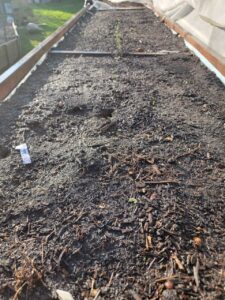
What is Mulch
Mulch is a layer of organic or inorganic material applied to the soil’s surface around plants. Organic mulches can be made from leaves, straw, bark, and compost, whereas inorganic mulches can be made from plastic and rock. Mulch serves several purposes in gardening and landscaping. It aids in the conservation of soil moisture by reducing evaporation and can aid in the regulation of soil temperature by insulating the soil. Mulch also aids in weed suppression by blocking light and preventing weed seeds from germinating. Furthermore, organic mulches can decompose and add nutrients to the soil, improving soil structure and fertility.
How to Use Mulch
When applying mulch, avoid placing it too close to plant stems or trunks, as this can trap moisture against the plant and cause rot or disease. Instead, spread a thin layer of mulch around the plant, leaving a small gap between the mulch and the stem or trunk. The thickness of the mulch layer will vary depending on the type of material used and the specific application, but for most plants, a layer of 2-4 inches is sufficient.
Flowers
Many kinds of flowers can be grown in early spring gardens like tulips, daffodils, crocuses, hyacinths, and snowdrops are all popular choices. These flowers can be planted in the autumn and will bloom in the spring. Pansies, primroses, and violas are other flowers that can be grown in early spring. These flowers can be planted as soon as the soil in the spring can be worked. Choose plants that are suitable for your climate and soil conditions.
Vegetables
You can begin with vegetables like cabbages, kale, broccoli, cauliflower, onions, leeks, endive, escarole, fennel, lettuce, and artichokes indoors. There are always exceptions to the rules also. In the case of northeastern US (New Jersey) if you have raised gardens and can cover the seeds some of the seeds could be direct sown for example, snow peas, spinach, fava beans, arugula/lettuce, beetroot outside in early to mid-April. You must be sure to choose plants according to your climate as well as soil conditions.
Perennials vs Annuals
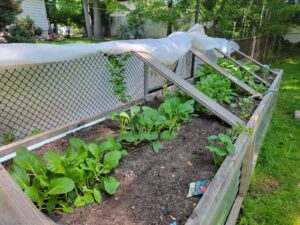
Perennials come in a variety of forms, including flowers, grasses, and even some vegetables. Daylilies, peonies, hostas, and black-eyed Susans are all popular perennial flowers. Perennial grasses, such as ornamental fescues and fountain grass, can also be used to add texture and interest to a garden. Perennials are plants that grow year after year, as opposed to annuals, which finish their life cycle in a single growing season. Some gardeners prefer perennials or annuals because they require less maintenance and can add color and interest to a garden for many years.
When designing a perennial garden, consider factors such as sun exposure, soil type, and climate. Make sure to select plants that are suitable for your growing conditions. It’s also a good idea to select plants with varying bloom times so that your garden is colorful all season. A perennial garden, with proper care and maintenance, can provide beauty and enjoyment for many years to come.

